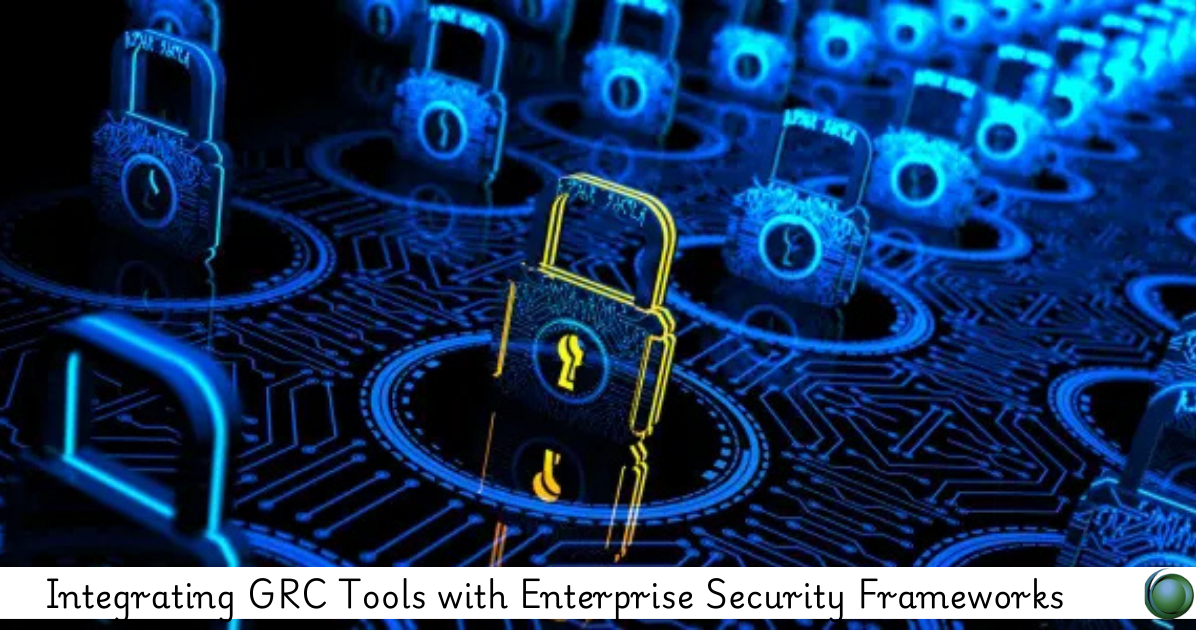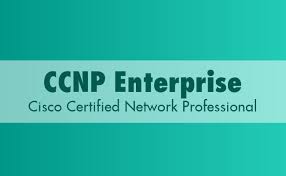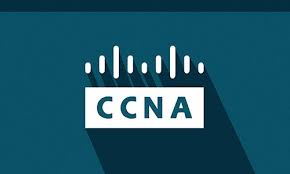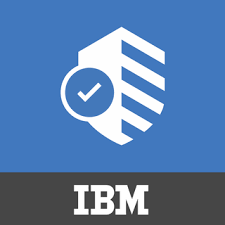Description
Introduction
In today’s fast-paced digital environment, organizations face increasingly sophisticated cyber threats, complex regulations, and evolving business risks. Integrating Governance, Risk, and Compliance (GRC) tools with enterprise security frameworks is essential for achieving a unified, proactive approach to cybersecurity. This integration enhances an organization’s ability to manage risks, adhere to regulatory standards, and maintain a resilient security posture. This course will guide you through the process of integrating GRC tools with popular enterprise security frameworks to ensure seamless management of security and compliance across the organization.
Prerequisites
Participants should have:
- A basic understanding of GRC concepts and tools
- Familiarity with common enterprise security frameworks (e.g., NIST, ISO 27001, CIS)
- Knowledge of IT risk management and compliance processes
- Understanding of cybersecurity principles and terminology
Table of Contents
- Introduction to GRC Tools and Enterprise Security Frameworks
1.1 Overview of GRC Tools and Their Role in Risk and Compliance Management
1.2 Common Enterprise Security Frameworks: NIST, ISO 27001, CIS, and More
1.3 Importance of Integration for a Unified Security Approach - The Benefits of Integrating GRC Tools with Security Frameworks
2.1 Enhanced Risk Management and Compliance Visibility
2.2 Streamlined Security Operations and Reporting
2.3 Proactive Security Posture with Real-Time Monitoring
2.4 Improved Incident Response and Management - Understanding Key Security Frameworks
3.1 NIST Cybersecurity Framework: Key Principles and Alignment
3.2 ISO 27001: Information Security Management Systems
3.3 CIS Controls: A Practical Guide for Security Best Practices
3.4 Other Key Frameworks: PCI-DSS, GDPR, and SOC 2 - Planning the Integration of GRC Tools with Security Frameworks
4.1 Assessing the Current Security and Compliance Landscape
4.2 Mapping Security Controls to GRC Tool Capabilities
4.3 Defining Roles, Responsibilities, and Access in the Integration Process
4.4 Choosing the Right GRC Tools for Your Security Needs(Ref: GRC Tools for IT Risk and Cybersecurity Compliance) - Integrating GRC Tools with NIST Cybersecurity Framework
5.1 Mapping NIST’s Core Functions (Identify, Protect, Detect, Respond, Recover) to GRC Tools
5.2 Automating Risk Assessment and Compliance Checks with GRC Tools
5.3 Ensuring Continuous Monitoring and Reporting with NIST and GRC Integration - ISO 27001 Integration with GRC Tools
6.1 Aligning ISO 27001’s Control Objectives with GRC Tool Features
6.2 Using GRC Tools for ISO 27001 Certification and Compliance Management
6.3 Automating Audit and Documentation Processes for ISO 27001 Compliance - CIS Controls and GRC Tools Integration
7.1 Mapping CIS Controls to GRC Tools for Effective Risk Management
7.2 Automating Vulnerability Management and Remediation with GRC Integration
7.3 Ensuring Compliance with CIS Controls Using GRC Dashboards - Streamlining Incident Response and Reporting with GRC Tools
8.1 Integrating Incident Management and Response Procedures
8.2 Automating Incident Documentation and Reporting in Real-Time
8.3 Enhancing Threat Intelligence Sharing and Incident Recovery Processes - Continuous Improvement: Leveraging GRC Tools for Ongoing Compliance
9.1 Real-Time Security Monitoring and Alerts Using GRC Tools
9.2 Automating Compliance Audits and Risk Assessment Updates
9.3 Closing the Compliance Loop with Continuous Data Integration and Reporting - Advanced Integration Techniques: AI, Machine Learning, and Automation
10.1 Integrating AI for Predictive Risk Management
10.2 Leveraging Machine Learning for Continuous Threat Detection
10.3 Automating the Entire Security and Compliance Workflow with GRC Tools - Future Trends in GRC and Enterprise Security Framework Integration
11.1 The Role of Cloud Security in GRC Integration
11.2 The Impact of Blockchain on Security and Compliance Management
11.3 Evolving Threats and How Integrated GRC Tools Will Address Future Challenges
Integrating GRC tools with enterprise security frameworks enables organizations to maintain a proactive security posture, streamline compliance, and effectively manage risks. This integration ensures that risk and compliance activities are aligned with organizational security goals, regulatory requirements, and industry best practices. By leveraging automated workflows, real-time monitoring, and advanced analytics, organizations can enhance their security management processes, improve incident response, and achieve continuous compliance. This course provides you with the foundational knowledge and practical skills to integrate GRC tools with security frameworks for a more secure, efficient, and resilient enterprise.







Reviews
There are no reviews yet.